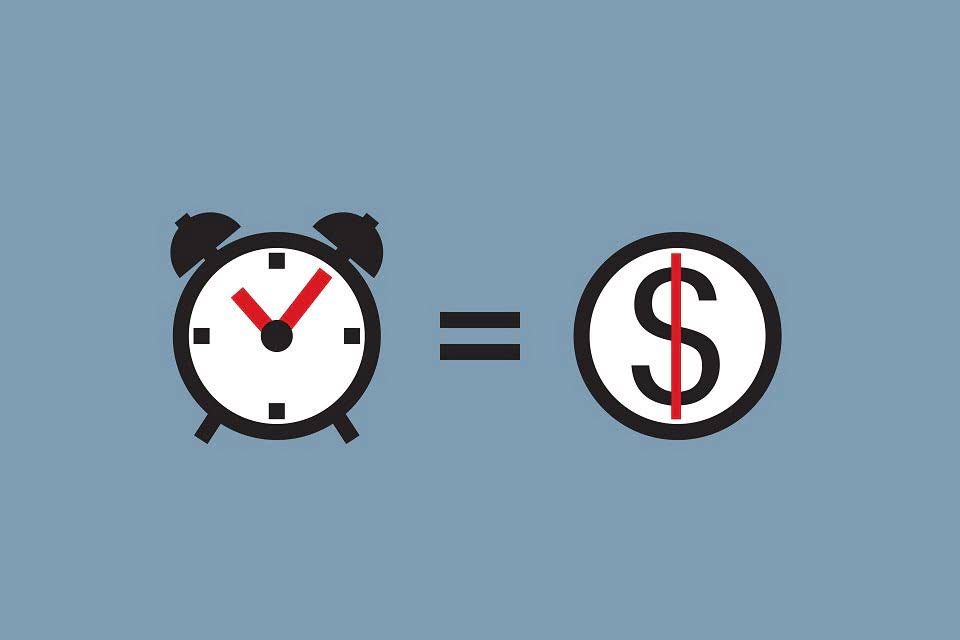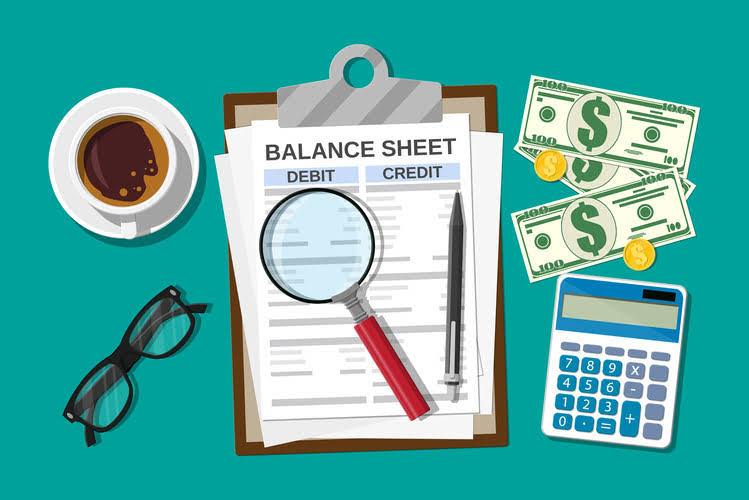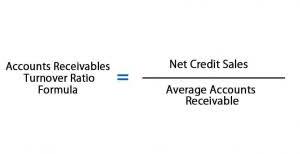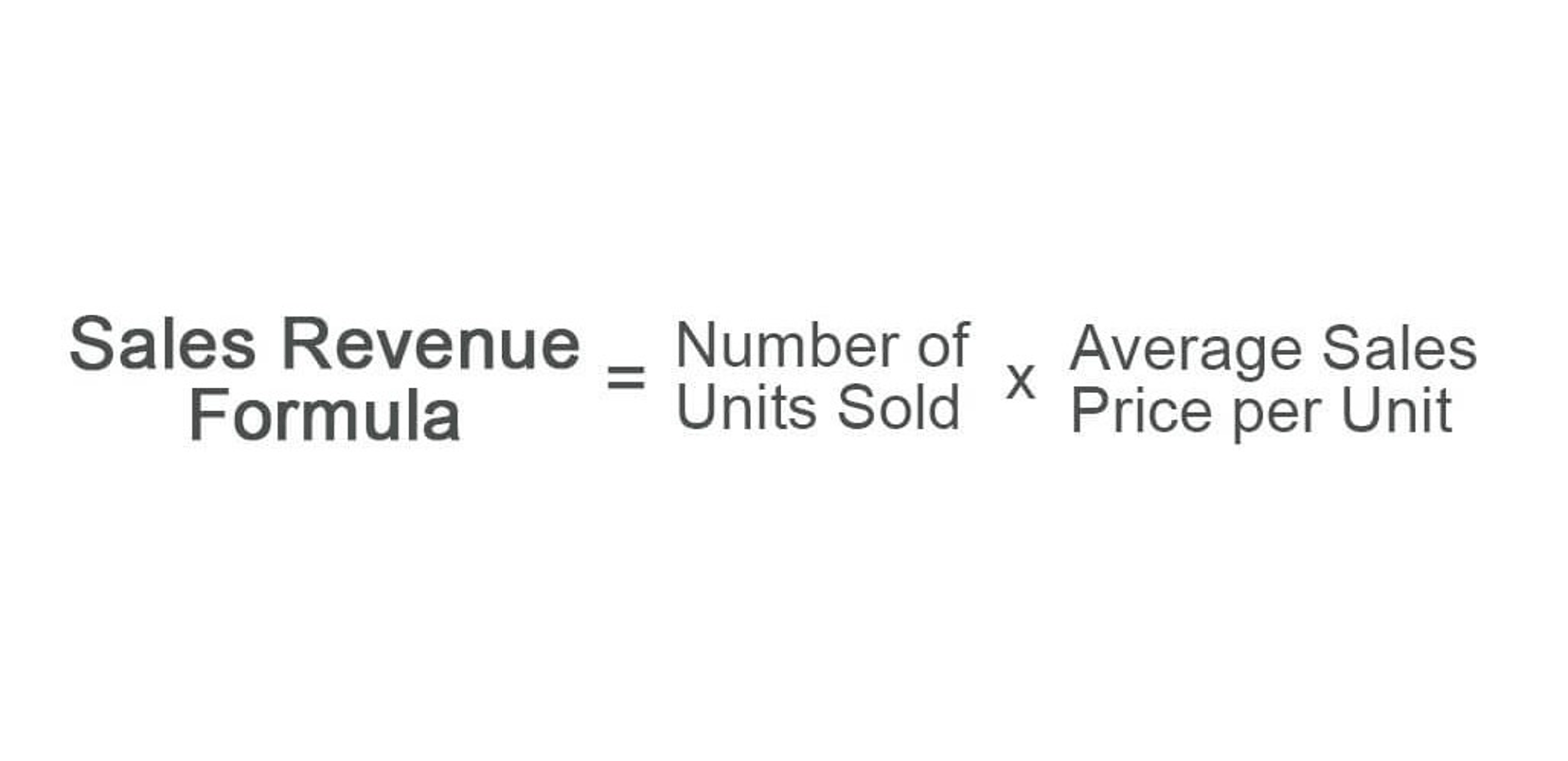
You may be asking what’s the difference between a sales order and a sales invoice. While a sales invoice records a sale and is initiated by the seller asking for payment, a sales order is initiated by the buyer. The order will detail what the buyer wants and, upon fulfillment, can acts as a sales receipt once the order is paid. Making an invoice from scratch every time you have to request payment, can be a long and time-consuming process.

Steer clear of legal issues
- See firsthand the sales automation tool that has helped thousands of sales reps double their revenue.
- They provide insights into revenue and earnings fluctuations over a specific period, making them valuable for budget forecasting.
- Constructing an effective and professional-looking invoice involves including necessary information, outlining clear payment terms, and accurately calculating sales tax.
- Furthermore, invoices can provide insights into your business’ performance and help you shape your growth strategy.
- The customer returning products, the seller issuing discounts, and the buyer and seller resolving disagreements over pricing are just a few reasons for requesting a refund.
Perhaps the most obvious purpose of the invoice is to inform your customers they need to pay you. There are lots of options when it comes to invoicing sales invoice software, including HubSpot’s Commerce Hub. No matter which option you choose, make sure you turn on auto-reminders at set intervals.
Payment methods
- An invoice however, is a medium of collecting cash for the products or service the business has provided.
- Ensure your invoice includes all the details your clients will need to pay you, including your business name, the invoice due date, and the total amount due.
- It could be an exact date, i.e., “Payment Due October 31, 2018” or “Payment Due Upon Receipt.” Most sales invoices include a delivery date as well.
- With invoicing software, you can automate the entire process of creating and sending a sales invoice.
- Unlike a typical sales invoice, a pro forma (or proforma) invoice is created by the seller before they perform any services or sell any goods.
- A commercial invoice is an invoice used to document an international transaction for customs declaration.
An invoice is a document used to notify a customer that payment is due. It also serves as a record for the issuing business so that it can track its receivables. In the past, invoices were only issued on paper due to the limitations of technology. More recently, electronic invoices become popular because they save time and money and can be generated and sent automatically. Invoice numbers are unique numbers assigned to every invoice created.
How long does an invoice take to process?
While similar information is included in sales receipts and invoices, they are not the same. An invoice is issued to collect payments from customers, and a sales receipt documents proof of payment that a customer has made to a seller. Receipts are used as documentation to confirm that a customer has received the goods or services they paid for, and as a record that the business has been paid. A sales invoice is a document a business sends clients to request payment for their products or services.
Creating Sales Invoices: A Must-Have for Freelancers and Contractors
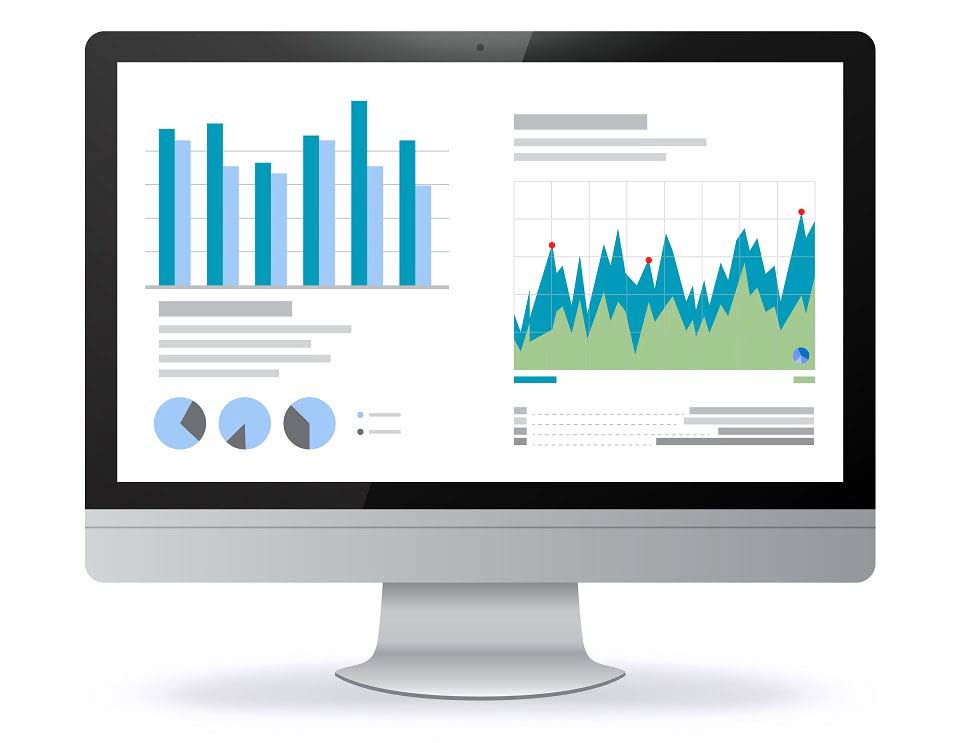
When you complete the terms of the transaction, you send a sales invoice detailing the work you’ve done, the amount payable, and when and how you expect the client to pay you. Although you won’t have to show your invoices to the government for tax purposes, you still have to produce documentation for your sales. Your sales invoices contain important information that will affect how much you’ll pay in income tax and, if applicable, sales tax. Invoice payments are when a customer completes a scheduled payment for products or services they received as outlined on an invoice. Interim invoices are issued when a large project is billed across multiple payments. Businesses use interim invoices to collect progress payments before a project is completed.
What is an invoice versus a receipt?
When your customer’s journey ends, make sure you’re ready to provide them with everything they need to pay you. Zendesk Sell’s centralized platform gives your sales team an easy-to-use tool that lets them generate payment pages and send invoices to customers in just a few clicks. After all, that’s why you’re issuing the sales invoice in the first place. Outline payment methods you accept as well as any late fees you charge for overdue invoices.
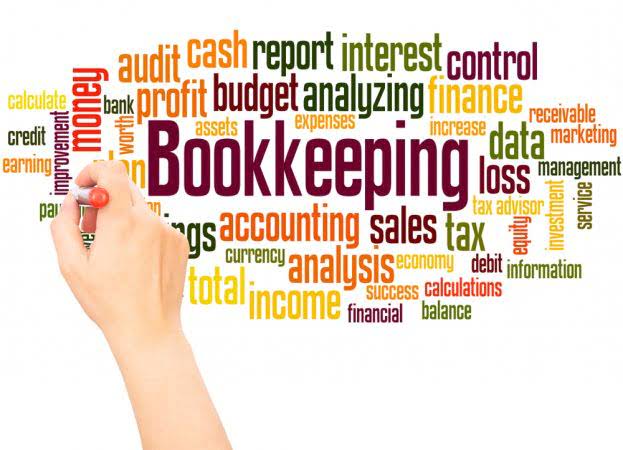
Identify each item on a separate line for clarity and ease of reading. It’s okay to include item or inventory numbers for your reference, but don’t leave your client scratching their head about what they got. Your description should be detailed enough for clarity but brief enough to avoid page clutter. If you have an international clientele, it’s especially important to avoid confusion between months and dates.
List the Total Amount Owing

This includes a description of the products or service, the amount of payment required, and details about the transaction. It acts as a good faith agreement between buyers and sellers in advance. A purchase order (PO) is similar to a sales order, sent by the customer to a business to order products or services. POs let business owners know the details of what buyers want along with payment amounts.
Resource for Tax Returns
- Send a past-due invoice if payment isn’t received by the due date listed on the final invoice.
- Net 30, or 30 days, is a common amount of time given to pay invoices, but choose payment terms that make sense for your business, your customer, and the transaction.
- If an invoice is lost, the buyer may request a copy from the seller.
- Here are the top 5 recommendations for improving your sales invoicing.
- Those that fall in this category will need a stable cash flow so that you can meet all your payment obligations.
- The cost is specified in several different locations, but LinkedIn chose to highlight the itemized list with the description, rate, quantity, etc.
QuickBooks enables you to set up recurring invoices for customers whom you bill regularly, thus saving you more time. Ensure that you comply with the terms set out on your supplier’s invoice in much the same way you would like your customers to comply with your terms.. They may be inflexible when it comes to receiving payments on terms https://www.bookstime.com/ other than the ones set by them. There are many different invoice payment terms, so it’s important to choose the right payment terms for your business. The chart below shows some of the common payment terms you may choose. In this post, we’ll explore the purpose of invoices for business and provide an example of a standard invoice.

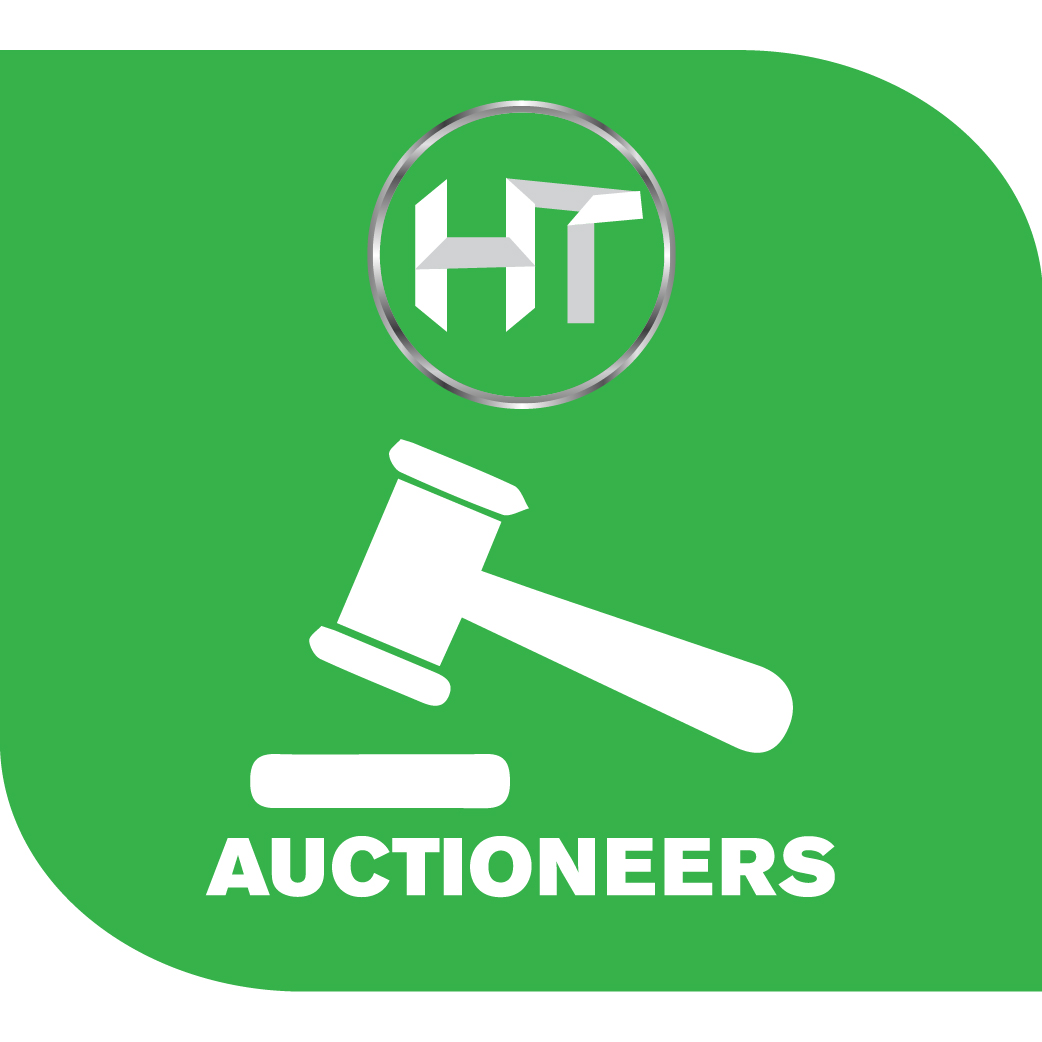 Auctioneers
Auctioneers Shopping Mall
Shopping Mall Money Lenders
Money Lenders